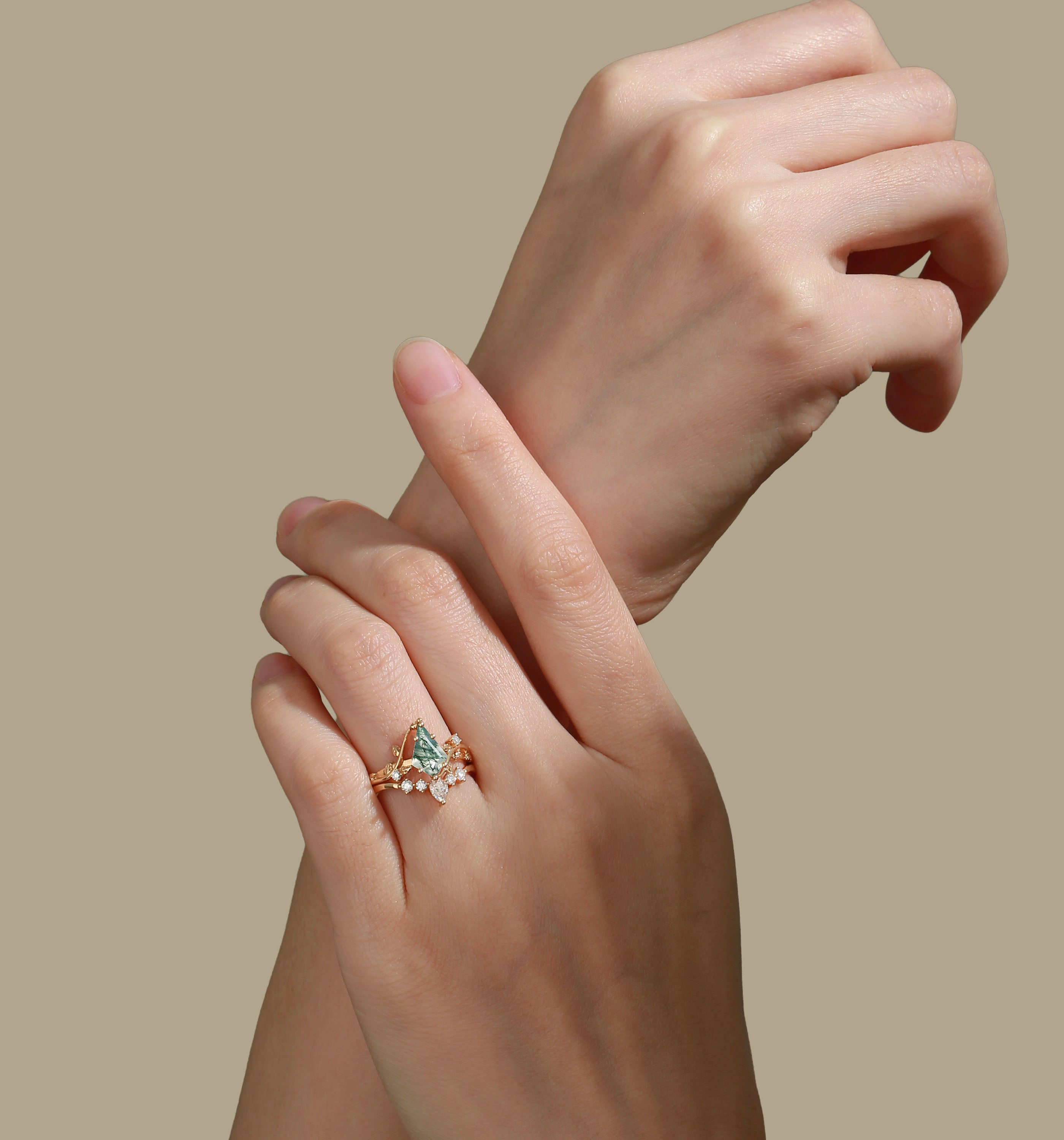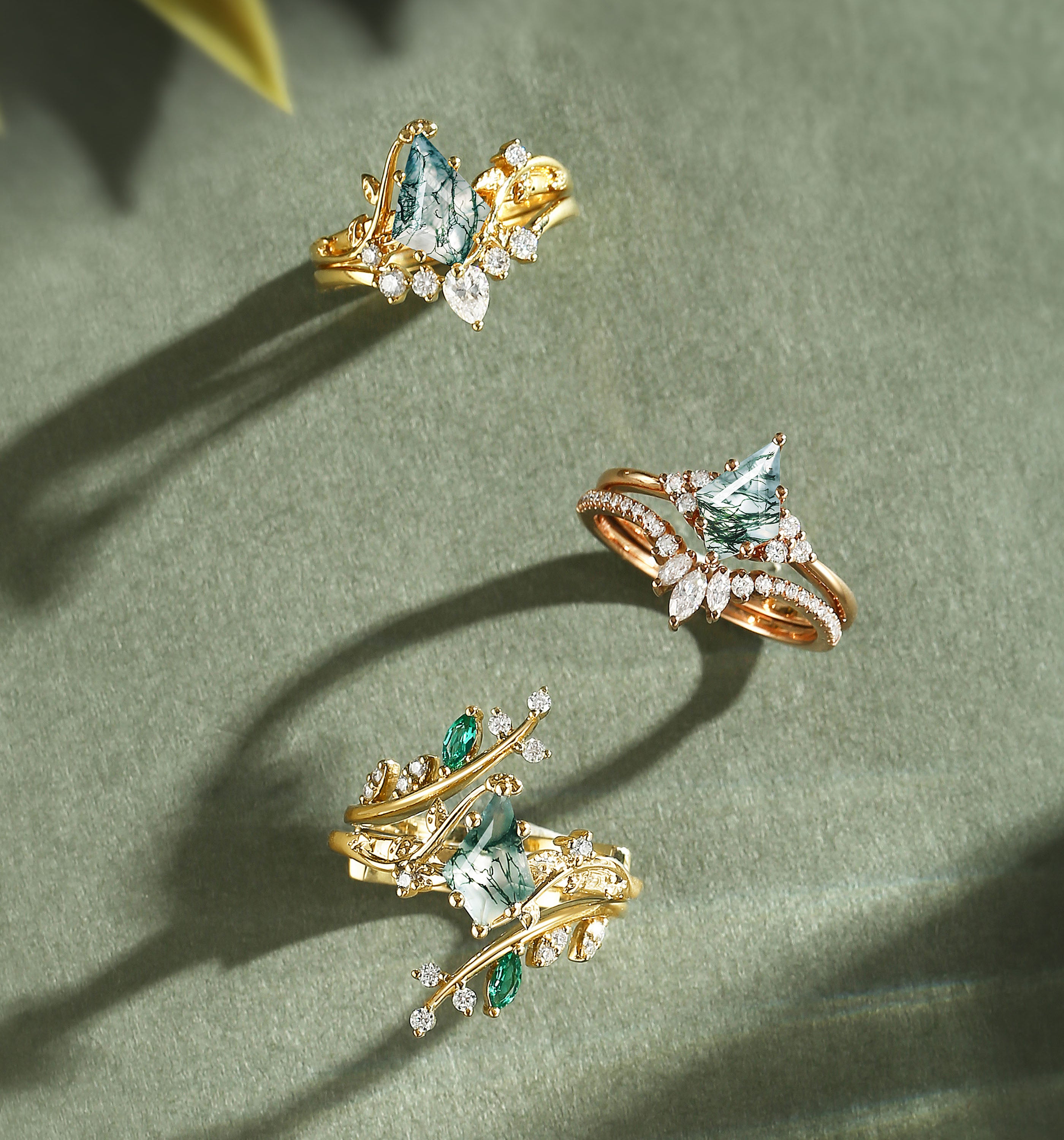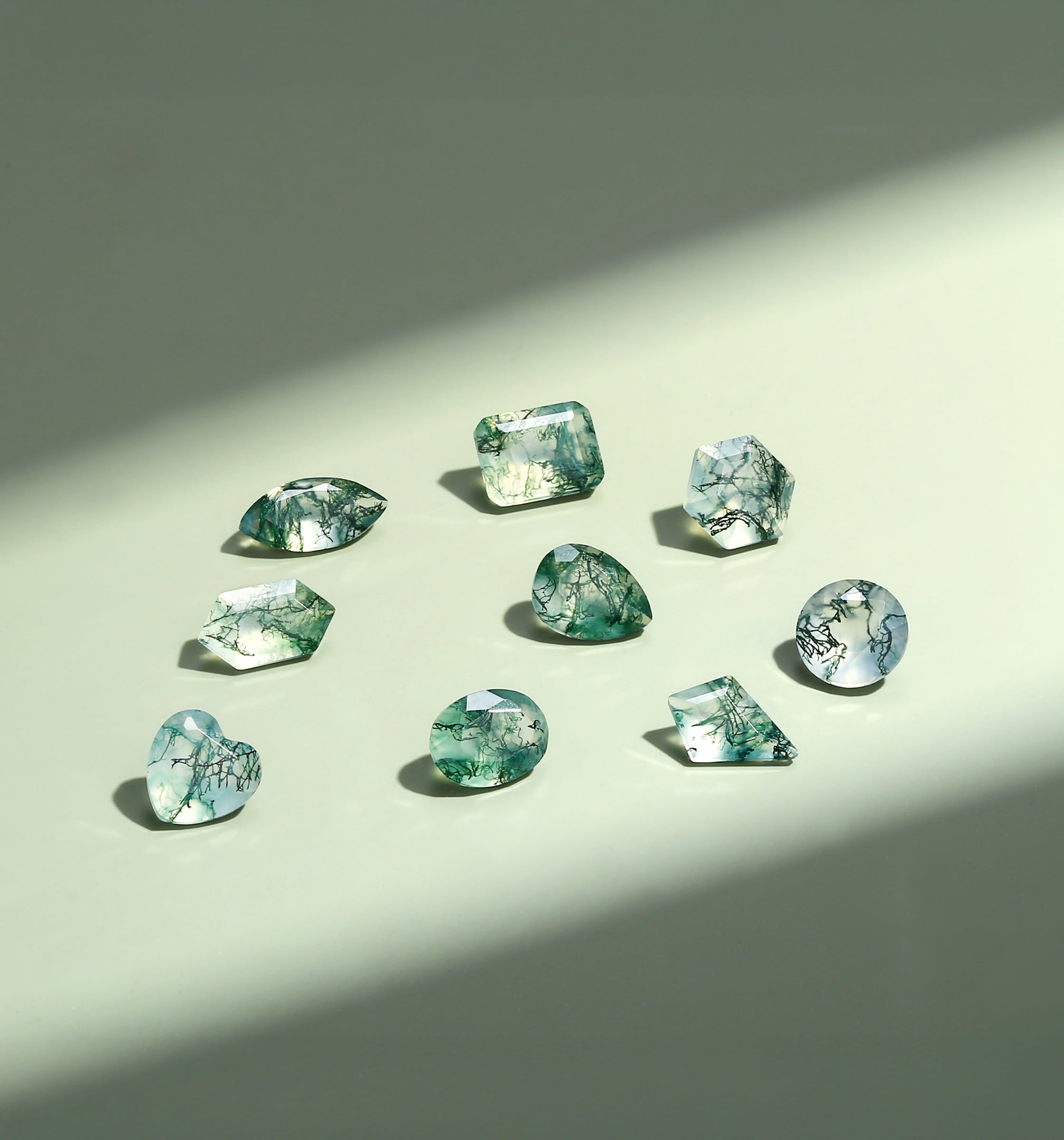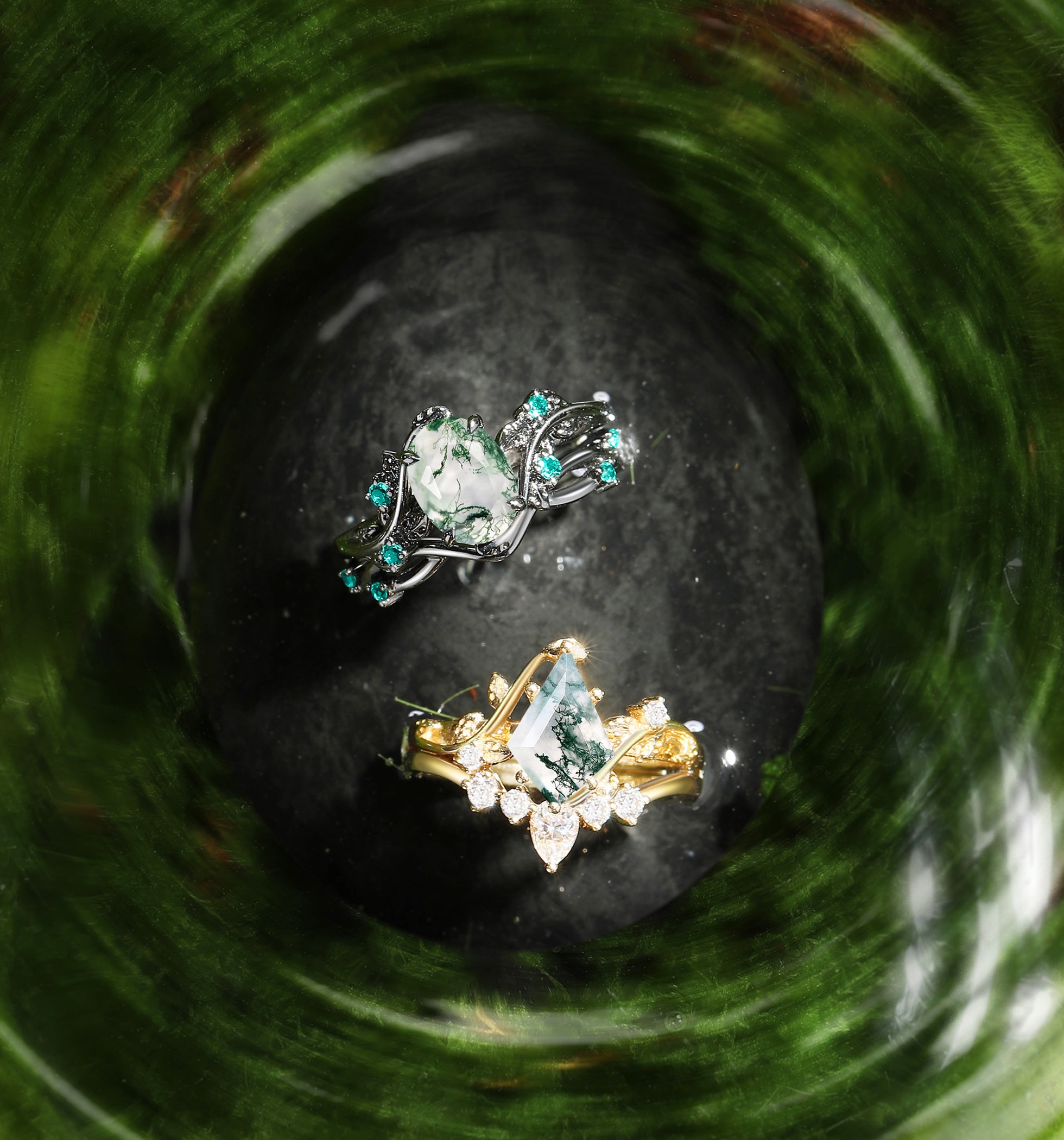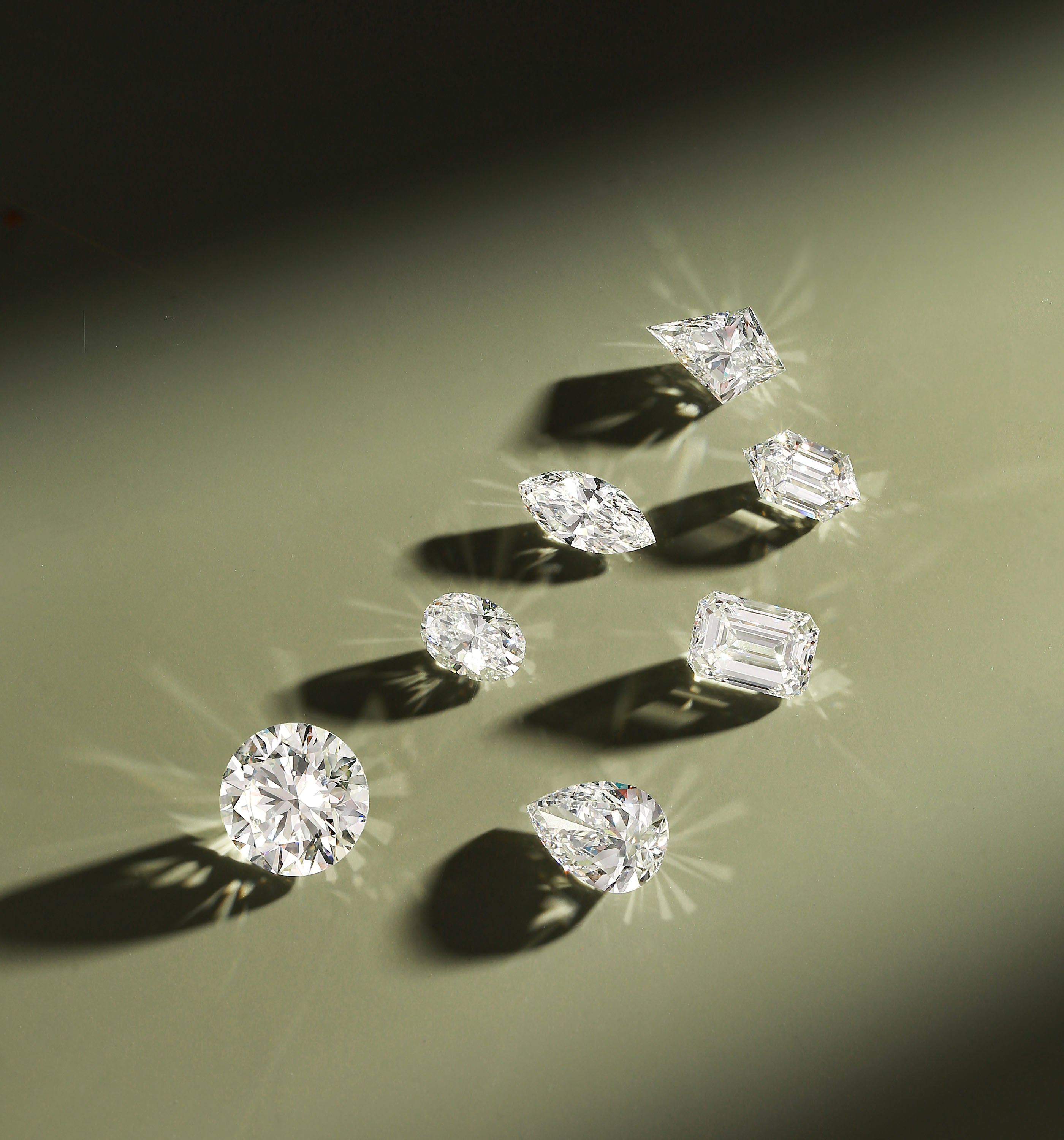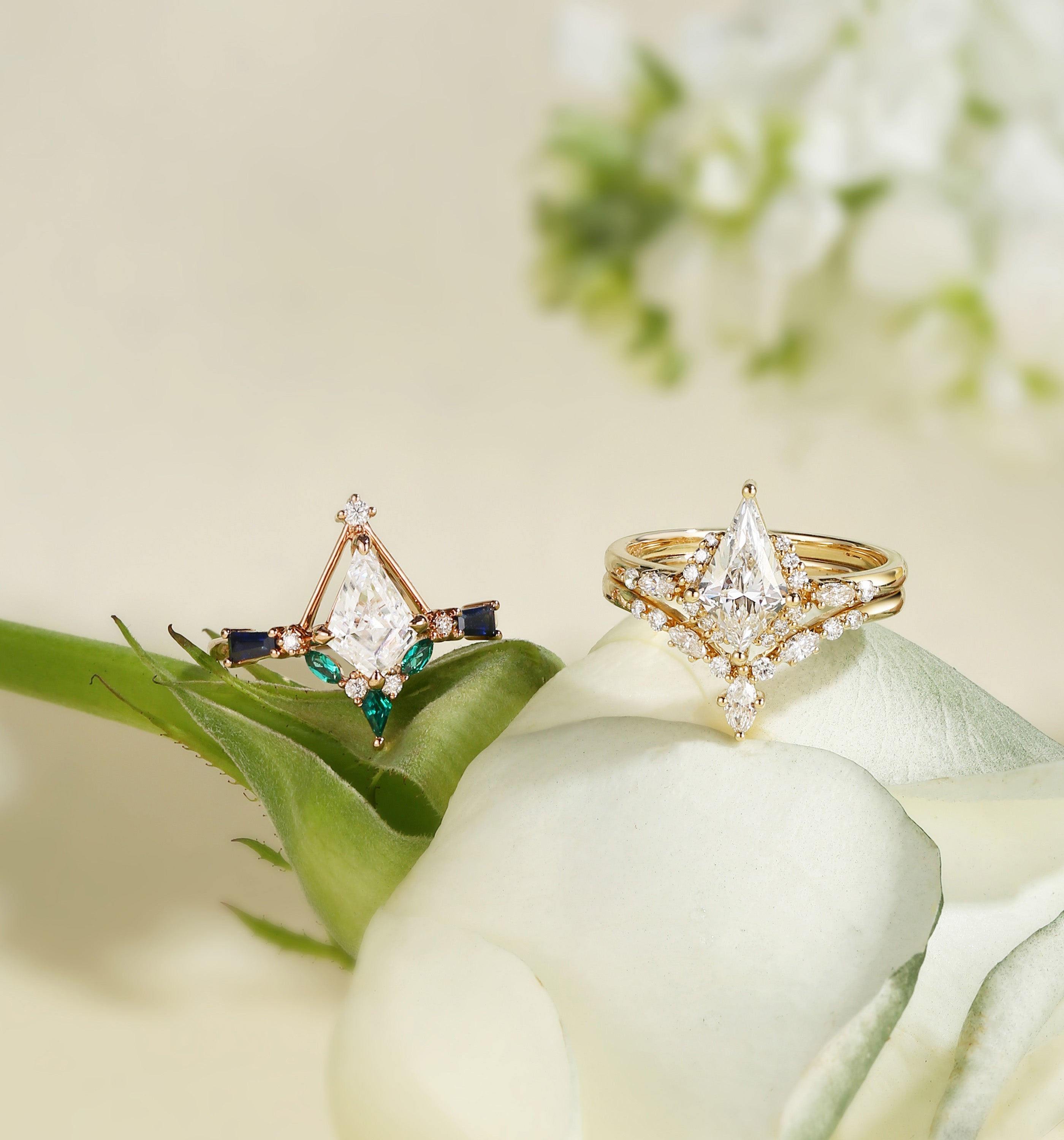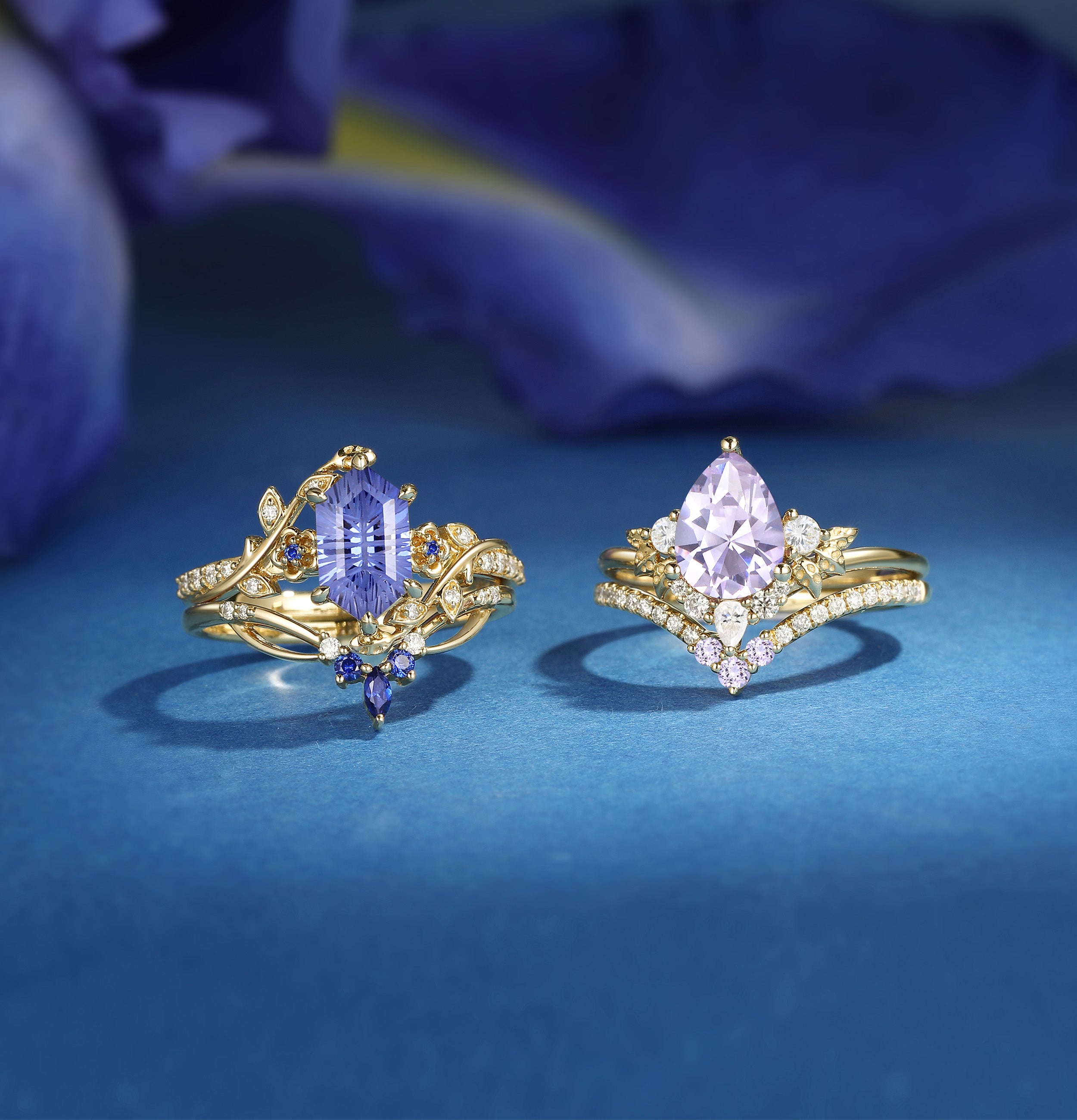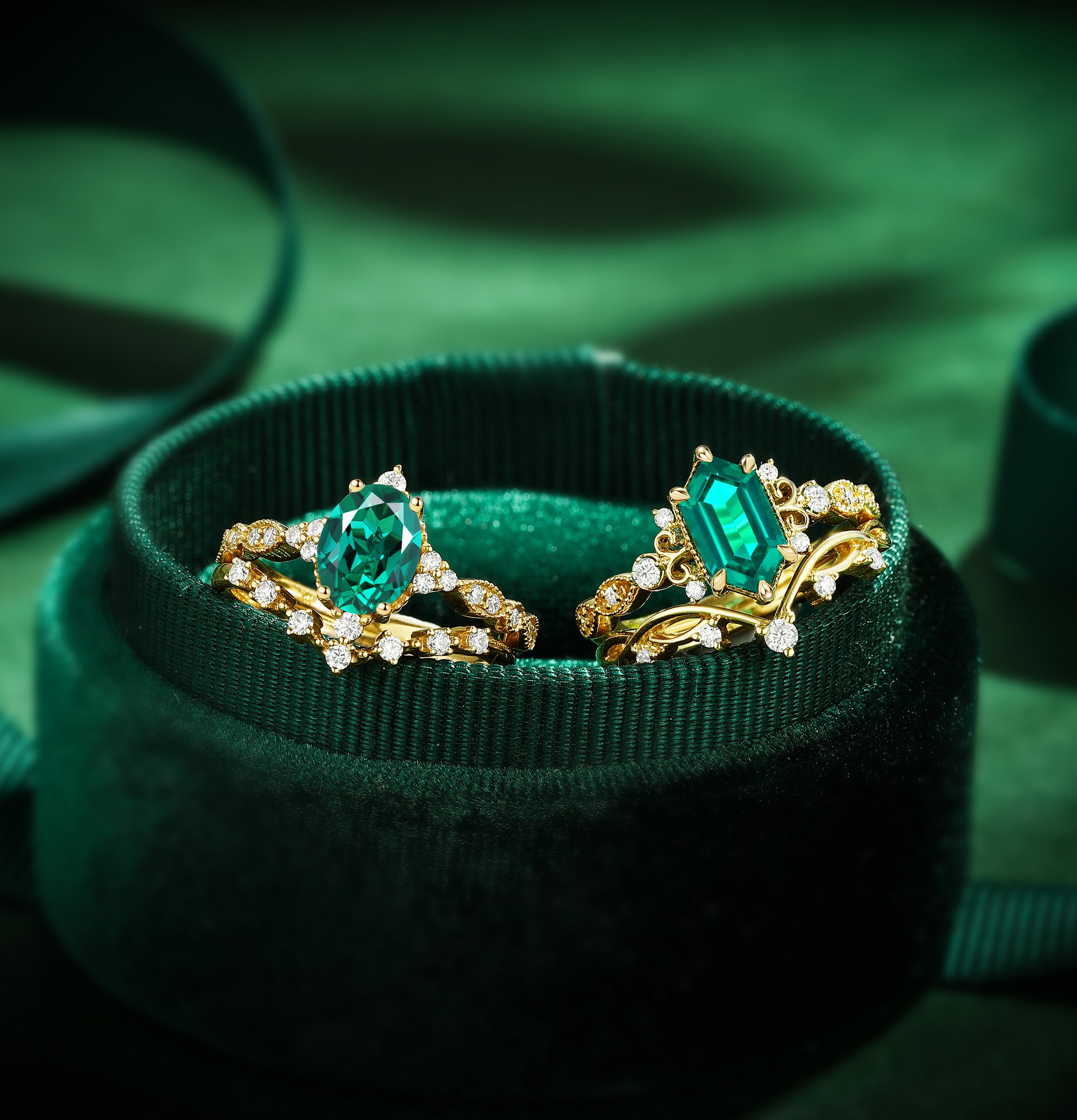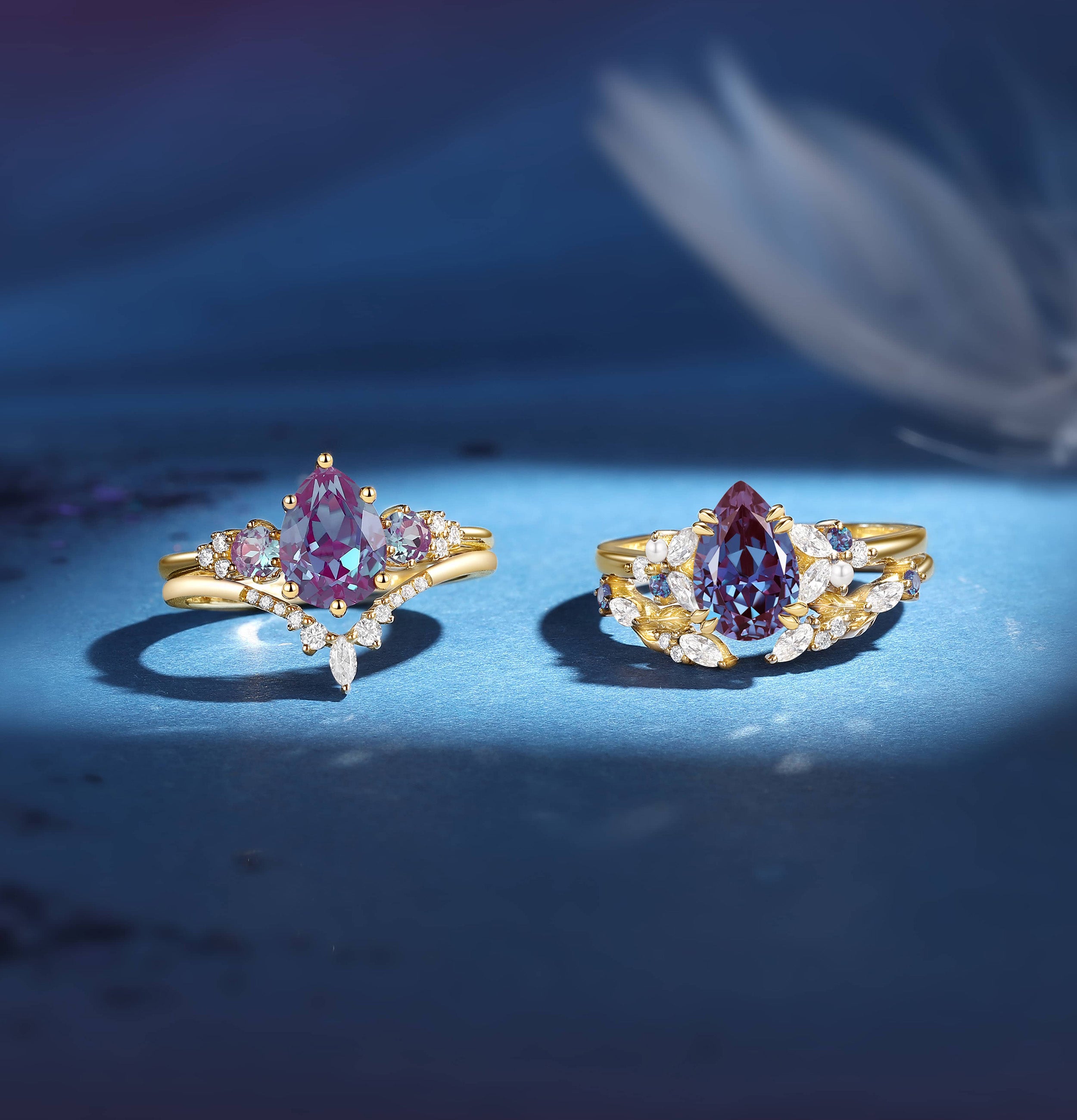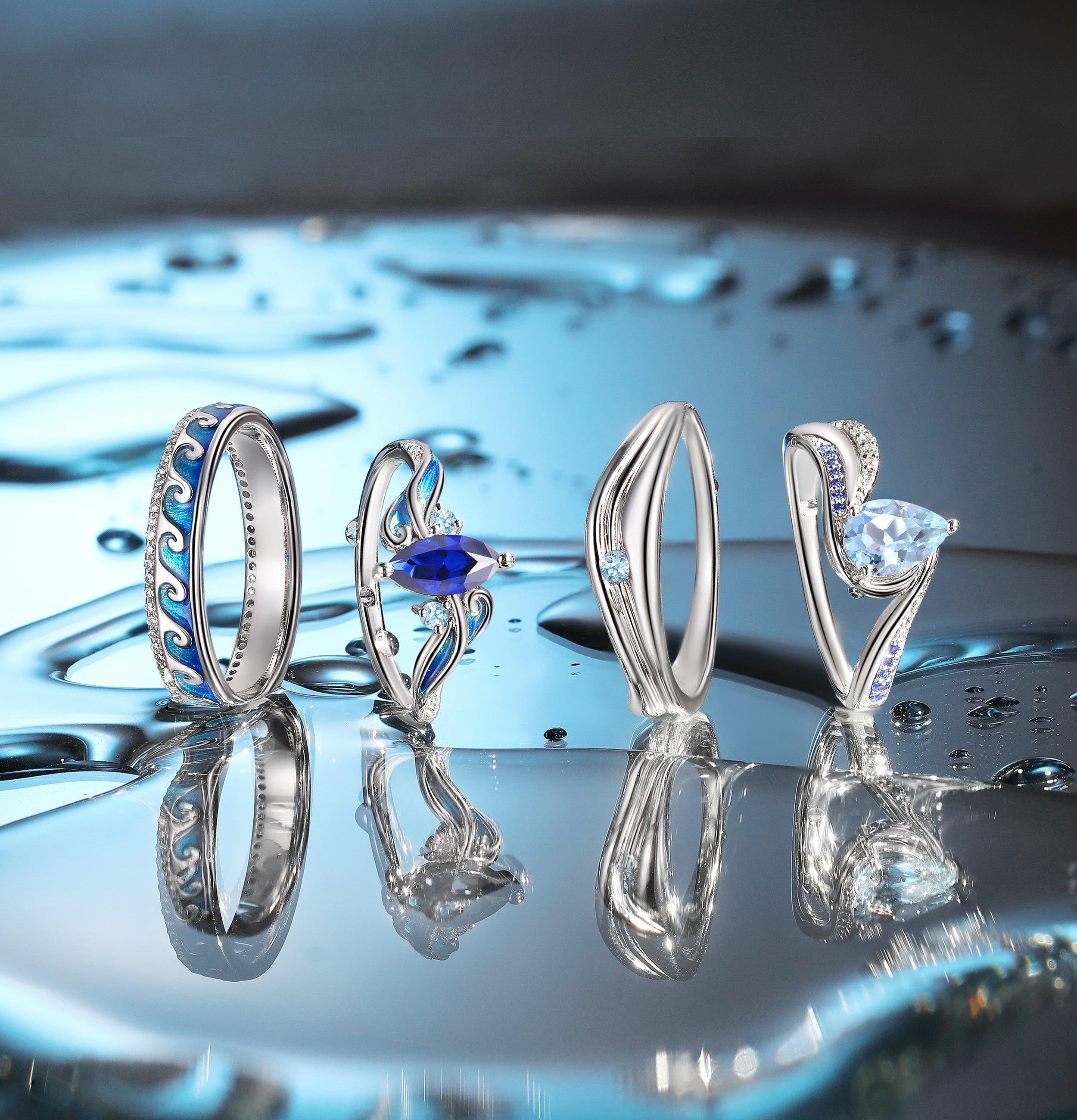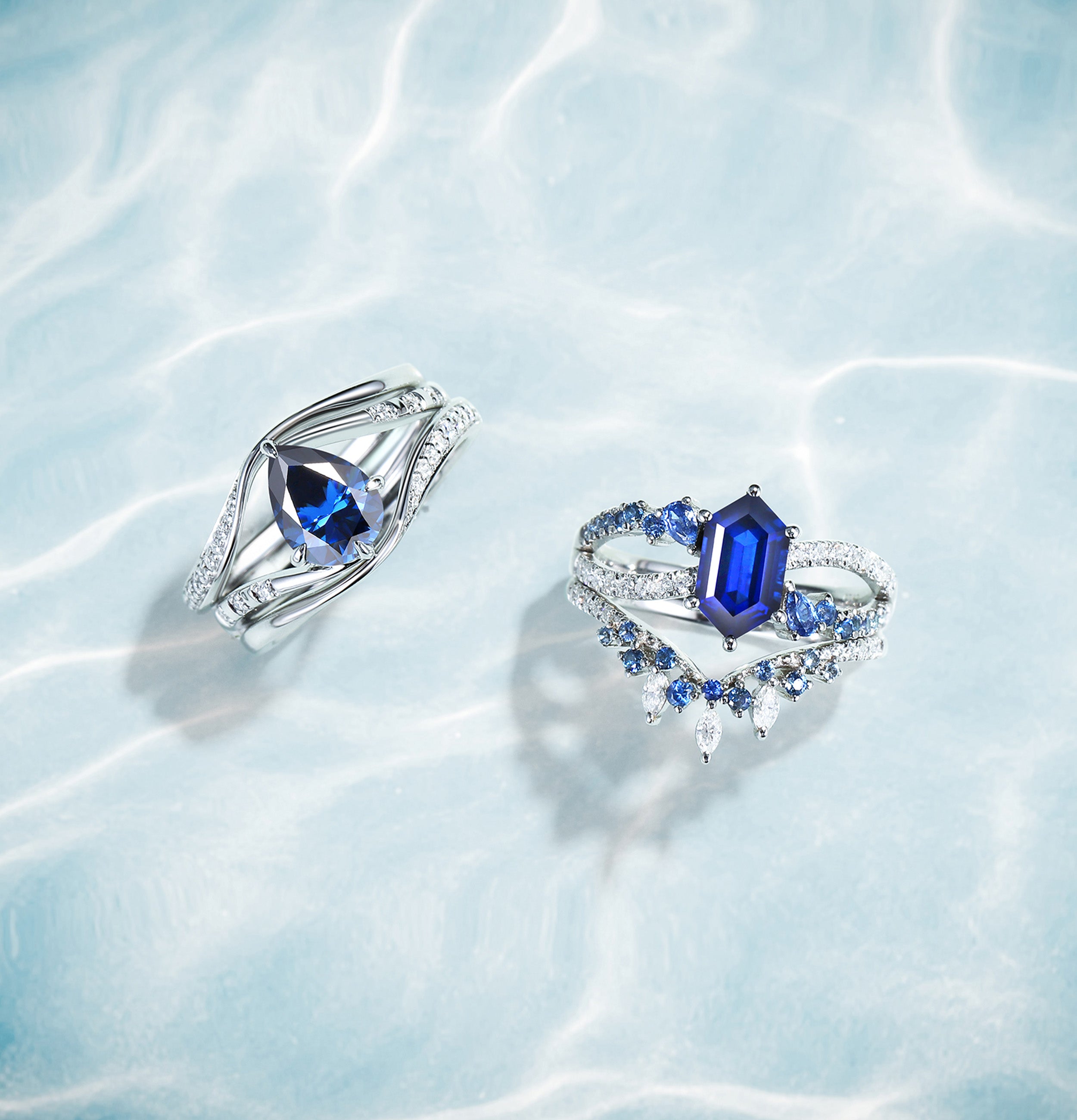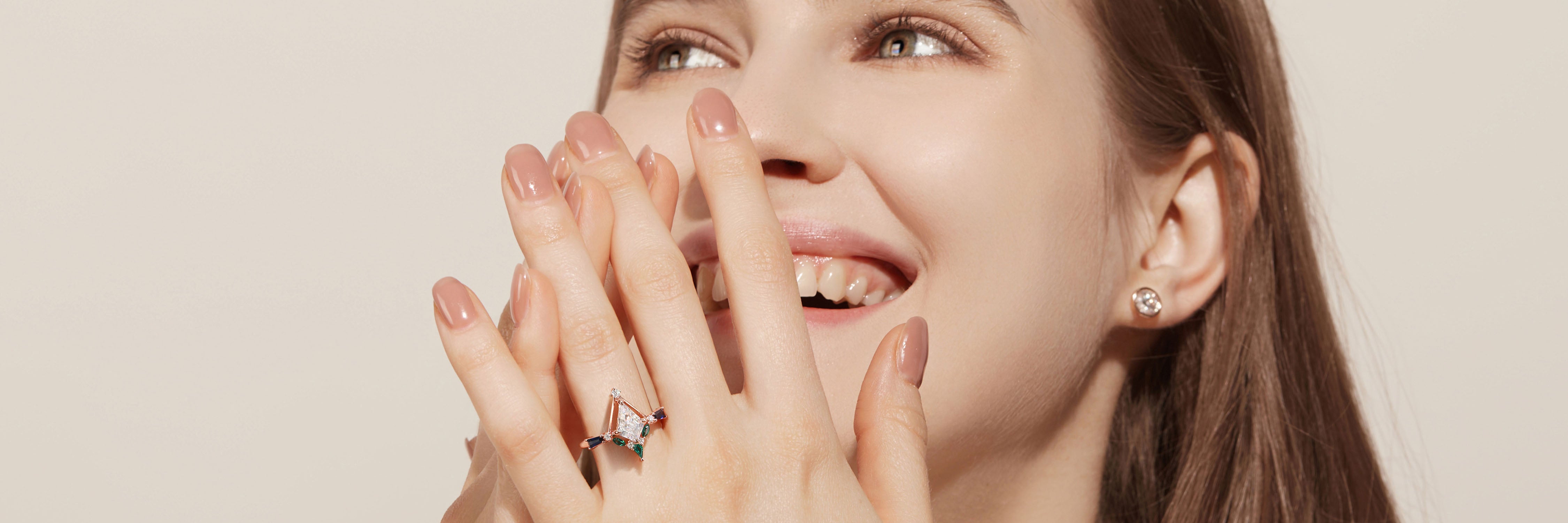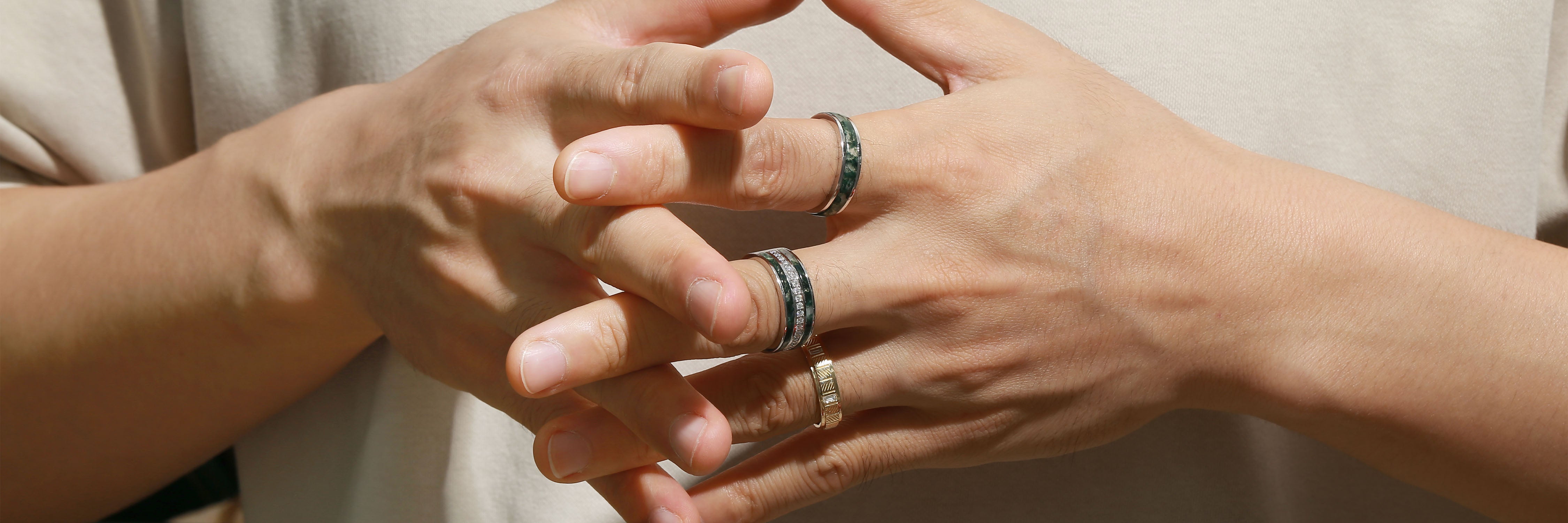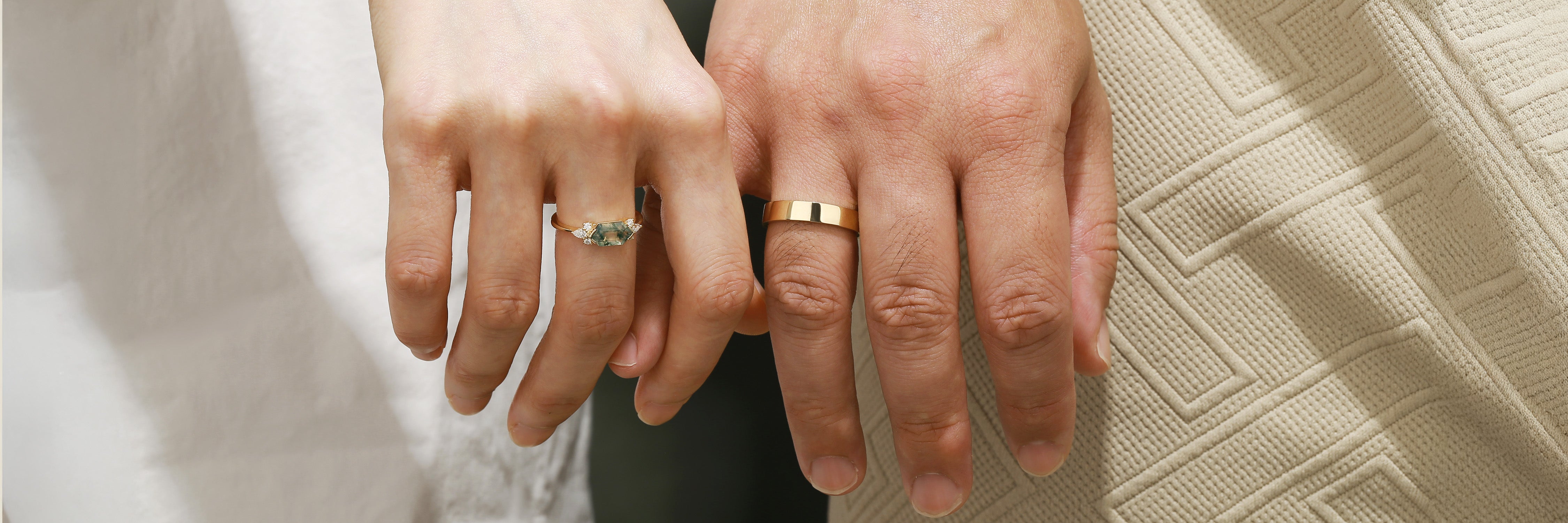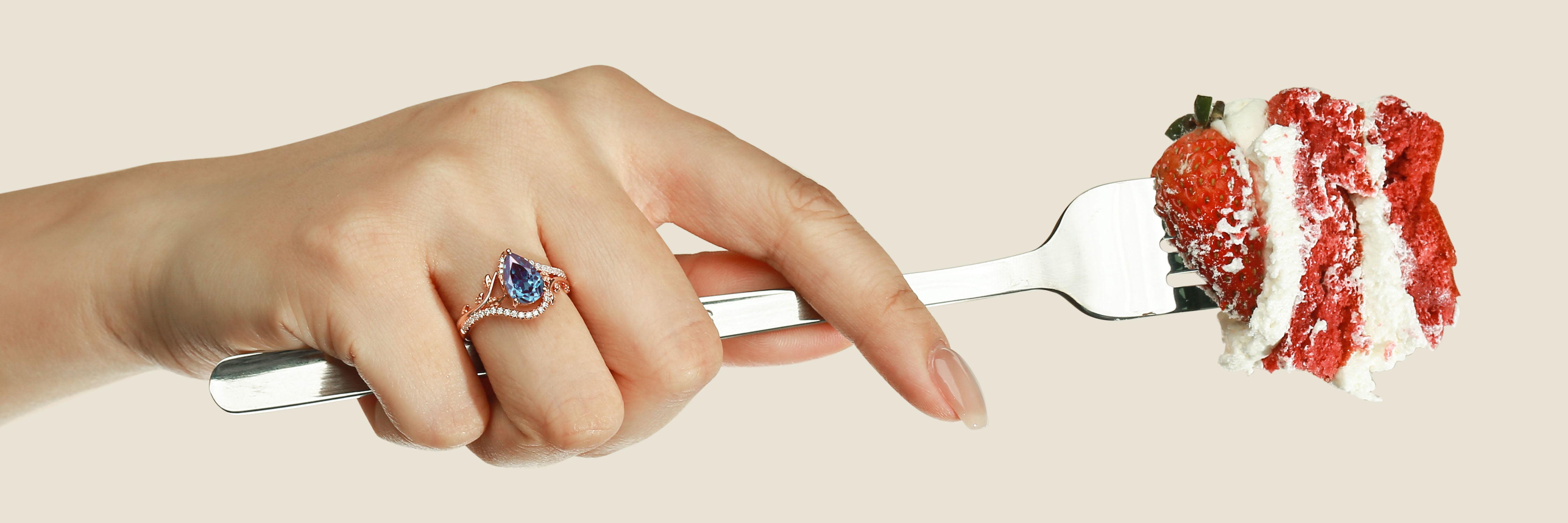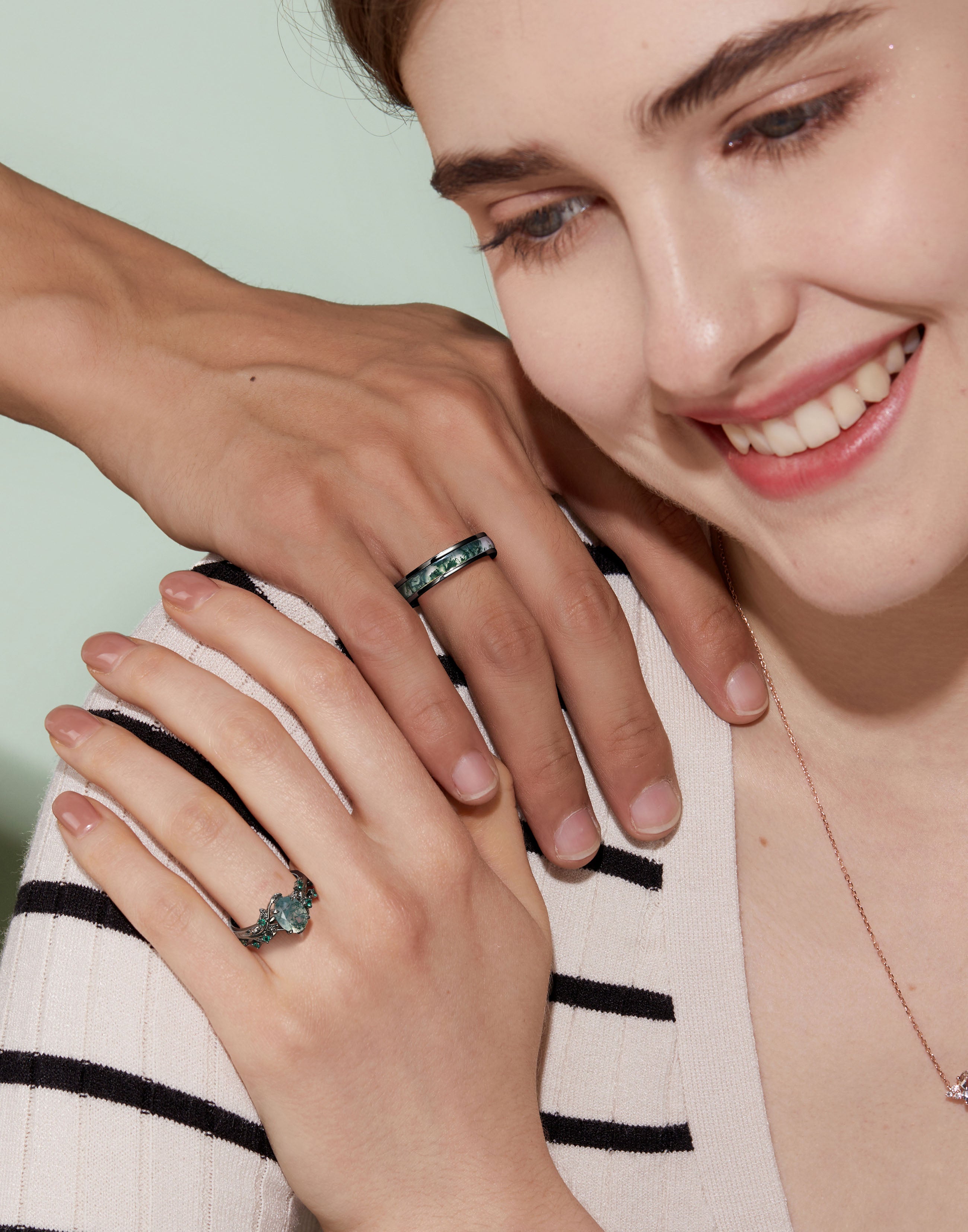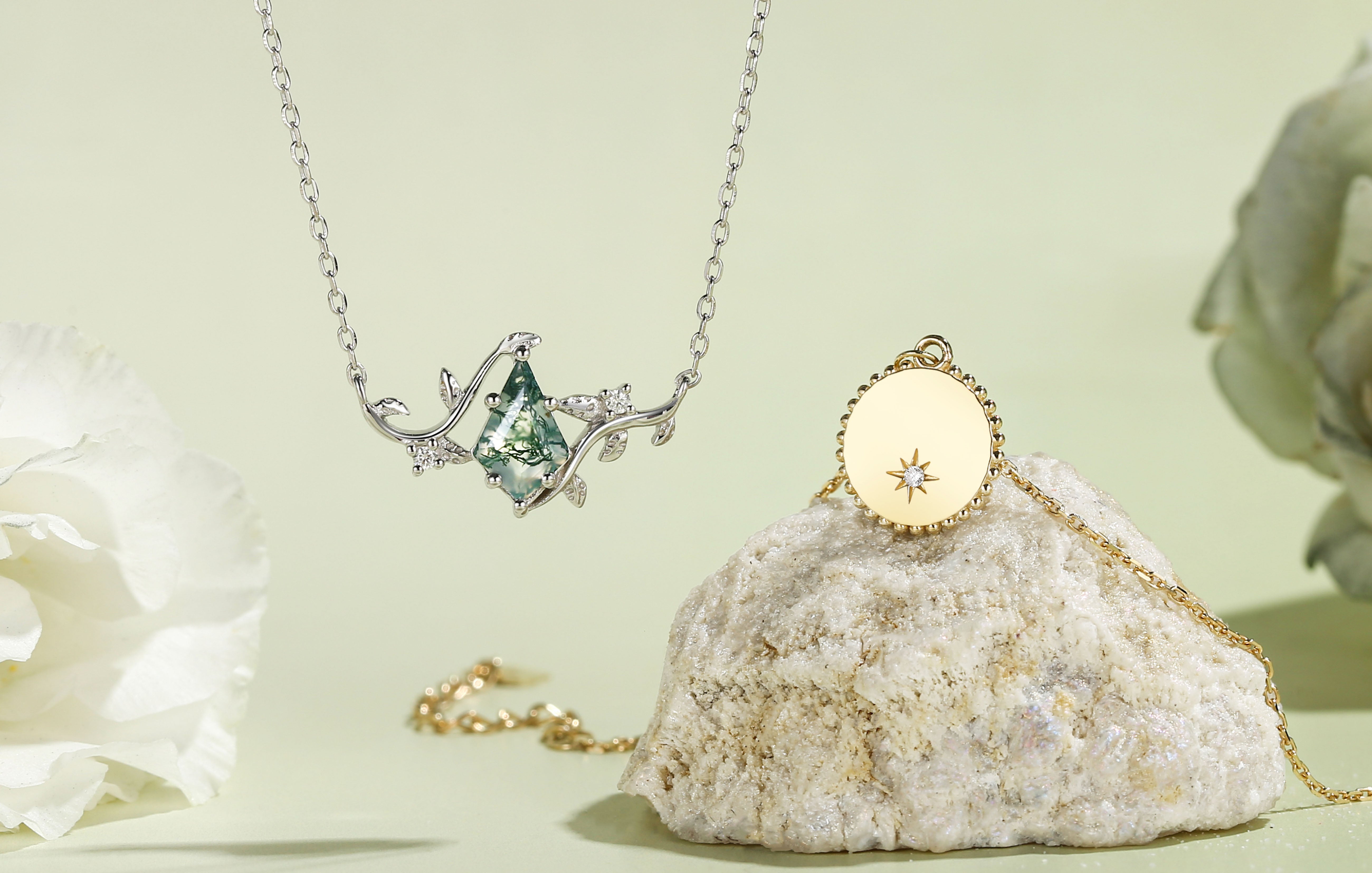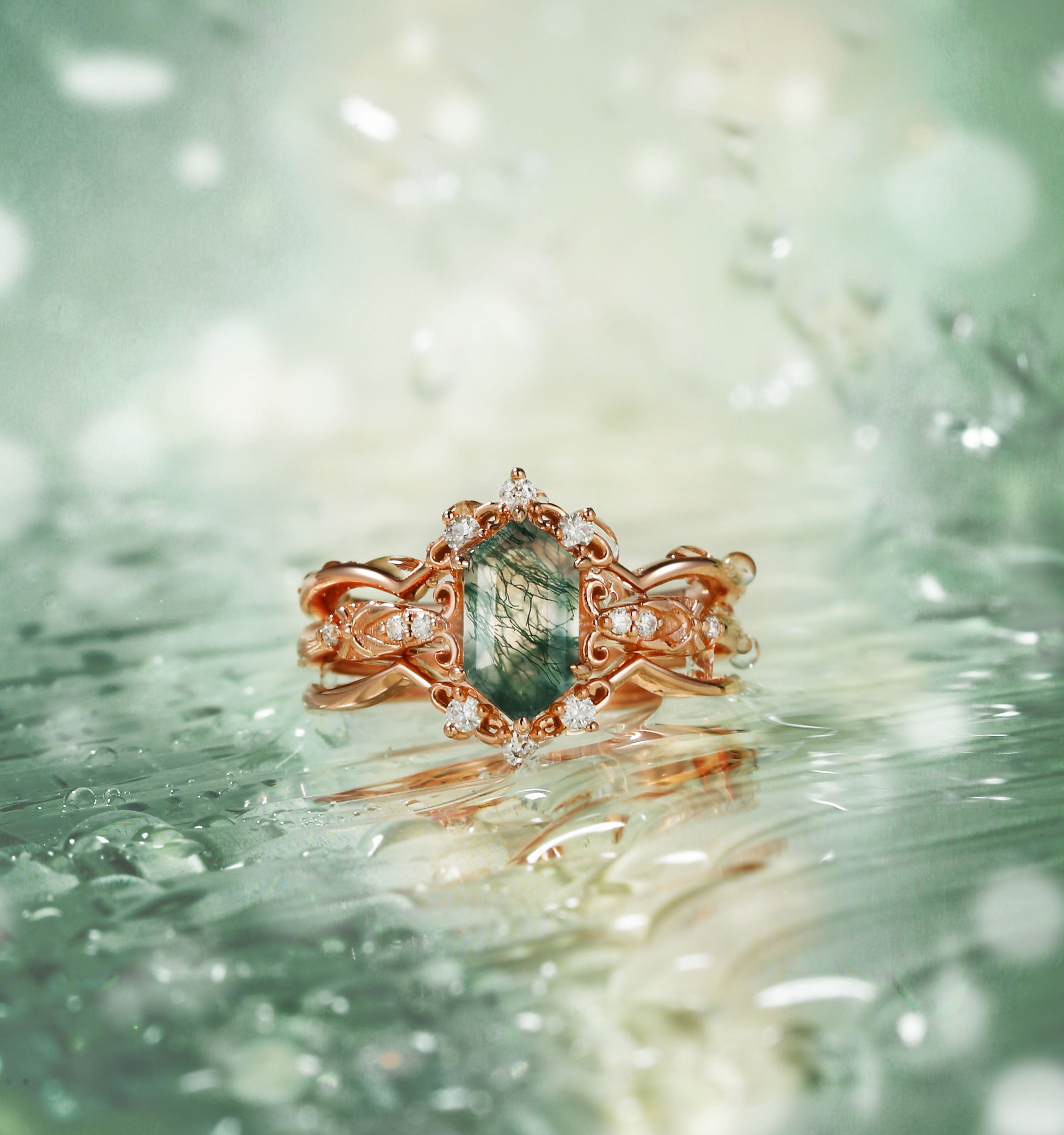
The Science Behind the Sparkle
Lab-grown diamonds, also known as synthetic or cultured diamonds, are created using advanced technological processes that replicate the natural conditions under which diamonds form. There are two primary methods for producing these gems: High Pressure High Temperature (HPHT) and Chemical Vapor Deposition (CVD).
High Pressure High Temperature (HPHT)
1. This method mimics the natural environment where diamonds are formed deep within the Earth's mantle. Under controlled laboratory conditions, carbon is subjected to extreme pressure (around 5 GPa) and high temperatures (up to 1400°C), causing it to crystallize into diamond.
2. The result is a rough diamond that undergoes further cutting and polishing to reveal its brilliant facets.
Chemical Vapor Deposition (CVD)
From Rough to Radiant
Once grown, lab-grown diamonds must undergo rigorous quality control and enhancement procedures similar to those applied to natural diamonds. These include:
Cutting and Shaping: Skilled lapidaries use precision tools to cut and shape the raw diamond into various forms, such as rounds, princess cuts, or emerald shapes, maximizing their brilliance and fire.
Color Grading: Advanced techniques like irradiation or heat treatment can enhance or alter the color of lab-grown diamonds, offering a wider range of hues than typically found in nature.
Clarity Assessment: Just like mined diamonds, lab-grown ones are evaluated for internal imperfections or 'inclusions'. Advanced imaging technology aids in identifying and grading these features.

Are lab-grown diamonds as valuable as natural diamonds?
Yes, lab-created diamonds are valuable gemstones that are identical to natural diamonds in every aspect. They can be worth a significant amount of money; however, they tend to be slightly less expensive than their natural counterparts. Both lab and natural diamonds represent substantial investments, but you can typically purchase a larger lab-created diamond for the same amount of money as a smaller natural one. While the price of a synthetic diamond usually falls within the thousands, it is generally between 60% to 85% lower than the price of a comparable natural diamond in terms of size and quality.
Why Can Lab-Grown Diamond Rings Become Prized Collections?
Lab-grown diamond rings are increasingly regarded as valuable collectibles. They share the same physical and chemical properties as natural diamonds, so much so that even experts can't tell them apart. This gives them equal aesthetic and intrinsic value. Moreover, they come with ethical and environmental benefits, avoiding the mining-related controversies, which is appealing to conscientious collectors. Technological progress has made them more available and affordable, expanding their popularity. The innovative production process adds a contemporary touch, perhaps enhancing their charm in the long run. With growing awareness and acceptance, lab-grown diamond rings are becoming highly desired in the collectibles market, fusing tradition with advanced science.
Should I Get a Lab Grown Diamond Engagement Ring?
There is no right or wrong answer when it comes to choosing between a Lab Grown Diamond and a Natural Diamond. The choice is completely up to you. The most popular items to take into consideration when making the choice include your budget, your significant other’s preference, and whether or not you prioritize resale value. If you are interested in lab grown diamond engagement rings, then visit our https://felicegals.com/collections/lab-diamonds page.


